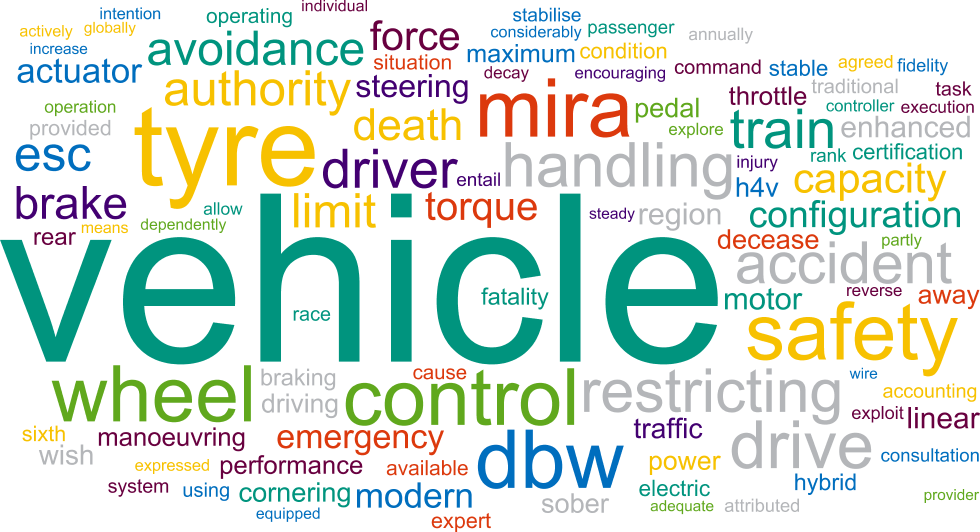
Contents
Vehicle Safety
I remember how as a child I always loved going on joy rides at night. For me, the cool breeze and bright lights at night are unmatched by the sights and sounds offered by day. Being a passenger on night rides came with this magical feeling I couldn’t explain then.
When I learned how to drive my own car, I found that all that magic is gone. Yes, sometimes I still pretend I’m an artist in a music video or an uptown girl visiting a foreign city. But driving at night time pushes me to reject all my weirdest fantasies. After all, creativity can wait when danger is lurking behind the darkness.
For drivers who have to work at night by delivering goods or traveling from one workplace to another, a wild imagination is not necessary to stay safe on the road. All you need are the following safety measures on night driving.
MAINTENANCE AND INSPECTION
- Clean your windows at least once a week to keep them spotless. Immediately replace cracked glass as they can reflect glare from other vehicle lights.
- Inspect all your vehicle lights (headlights, taillights, signal lights) to make sure that they’re clean and in good working condition. Do a general cleaning every week.
- Broken lenses are a big no-no. Always keep your headlights properly adjusted.
- Make sure all headlights are accurately aimed. You can do this by parking your car within 20 feet of a flat wall. Turn your headlights on, get out of the driver’s seat and check from a center position inside the coach if both headlights point straight ahead and if they hit at the same height.
ON THE ROAD
- Always maintain a longer following distance. Since it’s more challenging to see pedestrians and other vehicles on the road, you should keep a longer distance from the vehicle ahead of you. This is all the more true if you’re driving a truck as it has a longer stopping distance than a regular vehicle.
- Keep your headlights dim as you drive. Dim them, too, when you are within 250 feet of a vehicle you want to overtake.
- Avoid looking directly at bright lights.
- Watch out for animals on the road. Keep in mind that a lot of creatures are more active at night and are harder to see. Yes, vampires are included in the list, so watch out for human-looking creatures in black capes.
- Avoid smoking while behind the wheel. In fact, avoid multitasking while driving, more so at night. A six-second phone call could cause you a lifetime injury. And that might mean a severe injury at night time.
- Beware of highway hypnosis. You can avoid this night driving hazard by using the radio and taking in cool, fresh air.
- Avoid taking medication before driving as this can cause you to become sleepy or impede your judgment.
RESPONDING TO FATIGUE
- Fatigue, as you know, has caused millions of accidents in the past. When your eyelids are getting heavy or you simply feel fatigue setting in, follow these guidelines:
- Pull over and rest. It’s best to take a nap, arrive late in your destination than meet an accident along the way.
- Take frequent breaks. If you’re on a long trip, stopping every hour and doing some exercise will help you stay alert.
- Use your visor to cut down on glare from other traffic.
backing_vehicles Check your Following Distance-2014 Defensive Driving When to be Cautious-2014 Driving Cautiously-2014 dump_truck_tipovers_drivers dump_truck_tipovers_workers_in_vicinity lift_trucks_in_the_warehouse Planning A head to Drive Safetly-2014 safe_setup_of_heavy_equipment securing_loads slip_and_fall_hazards_for_truck_drivers tarping-loads-on-a-flatbed-trailer TransferringaTrailer-2014 Winter DrivingTips-2014-1 Working with aTransferTrailer-2014 work-related_driving
